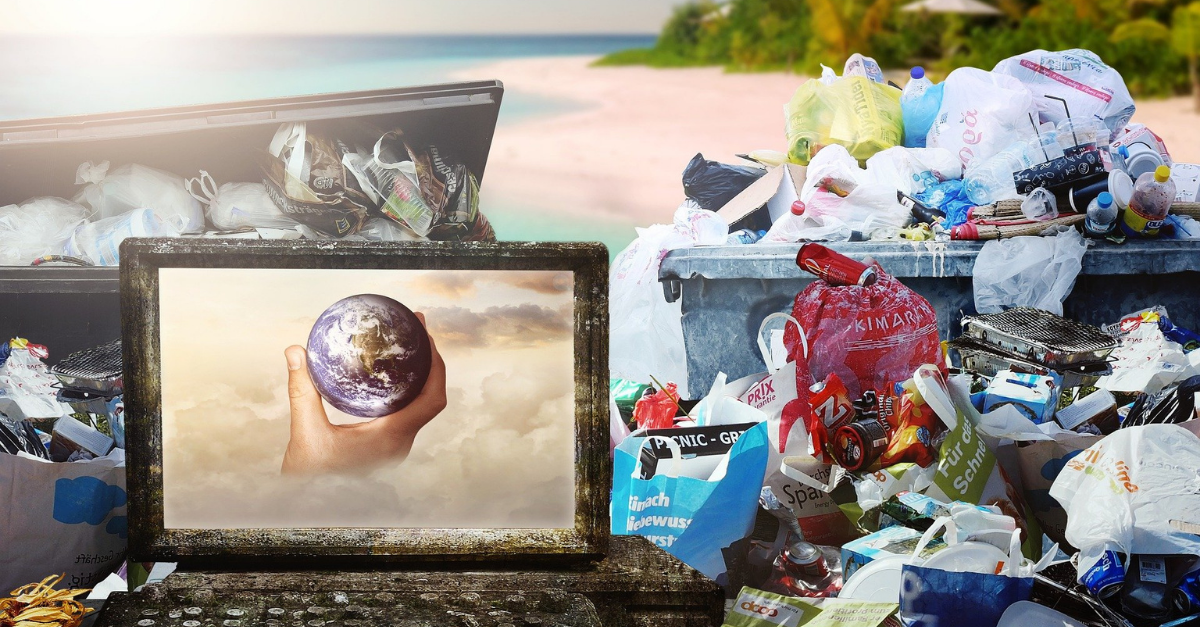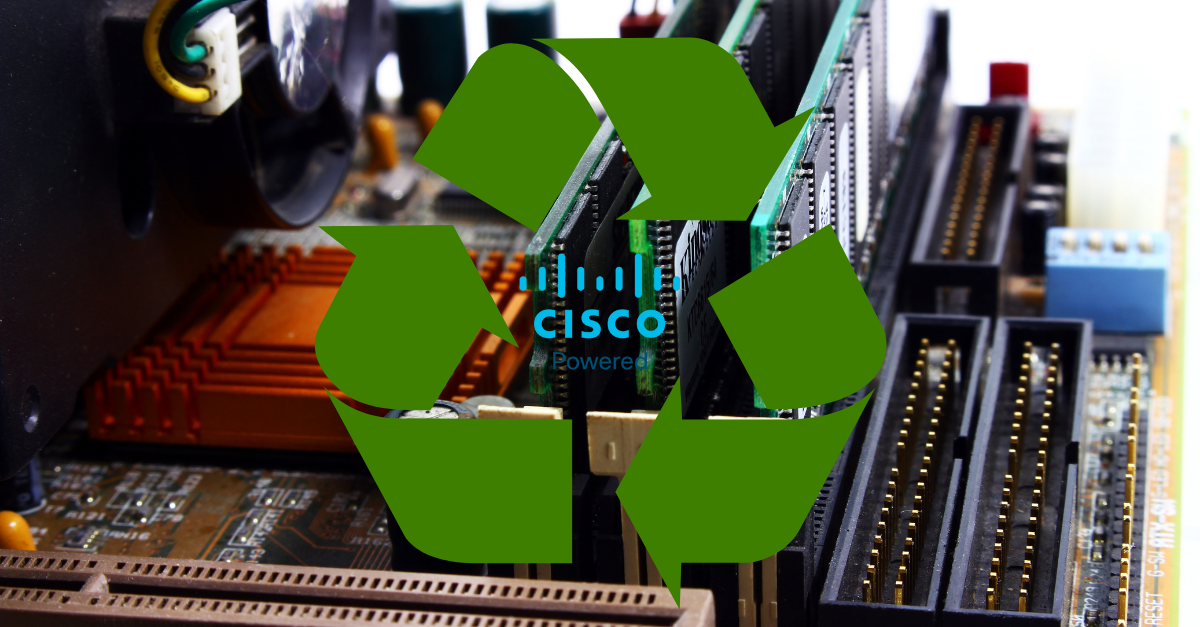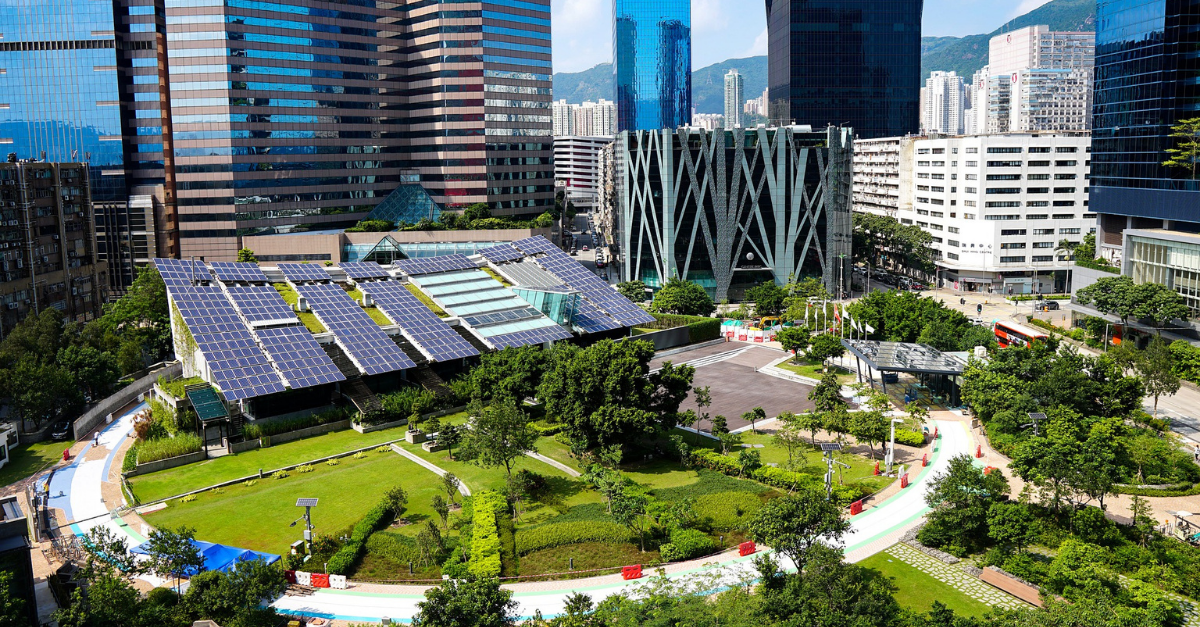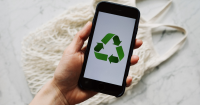We use cookies to make your experience better. To comply with the new e-Privacy directive, we need to ask for your consent to set the cookies. Learn more.
What is E-Waste?

E-waste is defined as any waste material with a power source, be it cable or battery, including items such as laptops, fridges, or less publicly commercial products such as databases, network switches, and firewalls. In 2019, 53.6 million tonnes of E-waste were produced, seeing an increase of almost 2 million tonnes from the previous year – of which only 17% was recycled sustainably, with the remaining 83% discarded in landfills where they can cause significant harm to the local environment.
The Effects of E-Waste
It’s easy to overlook the long-term effects of waste when we discard items, especially electrical ones, but the reality is that the chemicals present in the majority of e-waste can cause serious long-term damage to both people and animals through inhalation, ingestion, and skin exposure – and significantly affects the soil, water, and air quality surrounding the disposal site.
The excess of materials that aren’t native to the environment they have been disposed of in creates a myriad of issues for the local population, both human and animal. Soil and water sources are at high risk of contamination from the estimated 50 tonnes of mercury improperly disposed of annually, and fragile ecosystems can be brought to their knees by the emission of lead and lithium. Air pollution can reach astronomical highs even thousands of miles away from the initial disposal sites due to the migration of clouds formed in the polluted areas, bringing contaminated rain into new ecosystems.
The damage isn’t only limited to environmental impact. Each year an estimated 50 tonnes of mercury and over £44.8 million in gold, silver, copper, and iron are improperly discarded when they could be repurposed. The global depletion of resources has been steadily occurring since the 1970s with the consumption of natural materials vastly outrunning the rate at which the Earth can reproduce them, with experts predicting total resource exhaustion within the next 60 years.
Mitigating the effects of E-Waste
People are buying new appliances more than ever, and this trend continues throughout the business world. When a society is so dependent on materials that harm it, the standards by which it must dispose of them have to be as innovative as the technology itself.
Although the concept of electronics recycling has been around since 2007, the rate at which we are improperly disposing of such items continues to increase. Studies have shown that consumers are actively engaging more with businesses they believe to be sustainable, and because of this many businesses are opting for greener methods to overhaul their current production standards.
When an electrical item reaches the end of its lifespan, that doesn’t mean that every part of it is rendered unusable. Remanufacturing products is a great way of reusing the materials already present in electronic items, and saving these usable elements from unnecessary disposal results in less demand for the depleting resources; reducing CO2 emissions in the process.
At Chulo we are a proud retailer of the Cisco Refresh remanufacturing programme, offering sustainable solutions to the growing demand for technology. From phones to switches, we have an environmentally conscious product for any office situation. Remanufactured technology is not only good for the environment but also great for your budget, with up to 70% savings whilst maintaining the same Cisco quality and warranty.
As a certified Cisco retailer, we offer authorised refurbished and remanufactured Cisco products that have been thoroughly tested by a team of Cisco experts, ensuring device and network safety and operating under the Cisco Refresh warranty.
Check out our online store or get in touch with one of our specialists and learn how Chulo can upgrade your network, at a fraction of the cost.









